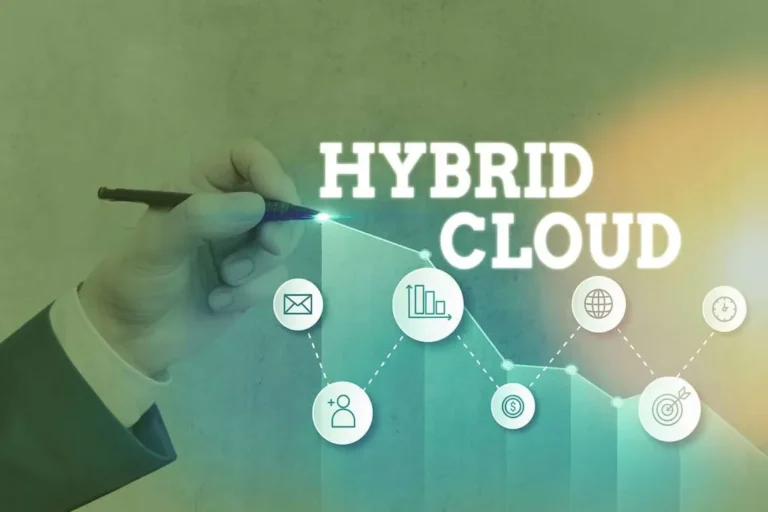System development life cycles are typically used when creating IT initiatives. Software Program development managers will make the most of SDLCs to outline numerous growth phases, ensure everyone completes stages on time and within the right order, and that the project is delivered as promptly and as bug-free as attainable. The system improvement life cycle (SDLC) is a fancy project administration model that encompasses system or software program creation from its initial thought to its finalized deployment and upkeep. Lastly, testing at the finish of the development section can decelerate improvement teams. One method to overcome this problem is to conduct testing and development in parallel. This strategy, often known as shift-left testing, supplies dev teams with steady feedback that they will incorporate during the growth section.

His experience and entrepreneurial spirit have formed the company's success since 2013. Ivan's passion for expertise empowers purchasers to excel, leveraging market trends for aggressive benefit. Apart From, if a staff follows a system improvement life cycle SDLC, it’s mentally more oriented on outcomes. It signifies that there will be less wasted effort, so a client can anticipate better ROI.
The Spiral mannequin most intently fits giant initiatives the place the chance of points arising is excessive. Modifications are handed through the totally different SDLC phases many times in a so-called “spiral” motion. As Quickly As the product is prepared to go, it’s time to make it out there to its end users and deploy it to the manufacturing surroundings. Developers will sometimes use multiple instruments, programming environments, and languages (C++, PHP, Python, and others), all of which can artificial general intelligence comply with the project specifications and requirements outlined within the SRS doc. This phase of the system development life cycle is usually break up into different sub-stages, especially if a microservice or miniservice architecture, in which development is broken into separate modules, is chosen. In systems design, features and operations are described intimately, together with display layouts, business guidelines, process diagrams, and other documentation.
Project managers have quite so much of methodologies inside the systems growth life cycle (SDLC) at their disposal, every with its distinctive strategy to managing software improvement. Throughout the design stage, one of many critical phases of the SDLC, architects and developers translate the beforehand outlined necessities right into a workable design. This part includes developing network necessities and planning the system architecture, leading to a set of design paperwork that serve as what is a system development life cycle a roadmap for the development section. Regardless of the process carried out and the instruments used, all require the essential factor of documentation to help findings, close iterative phases, and to investigate success. Today’s increasing demand for data and information security also factor into the general planning, training, testing, and deployment of a system.
Cue the Software Program Growth Life Cycle which allows the group to work on manageable phases till the project is released. When they have determined what must be accomplished and what standards must be met by the model new system, the staff members will start system design. Throughout this step, they'll identify what will be needed when it comes to hardware and software and what features and characteristics the new system will need to have the power to meet the tip customers' expectations. The full system might be deliberate, together with what info will have to be processed and what equipment https://www.globalcloudteam.com/ is needed. The format of the system parts, the security that will be inbuilt, and the space that will be wanted within the facility to house the system may also be determined. This a part of the process can start with handwritten notes, but usually results in computerized paperwork.
This adaptability ensures that software options stay cutting-edge and conscious of market needs, thereby maintaining their relevance and efficacy in an ever-changing digital setting. SDLC fashions are instrumental in forecasting the trajectory of software growth. They present a blueprint for managing and implementing software program projects, bearing in mind market research and resource requirements. As these fashions continue to evolve, they're being tailored to fulfill the demands of a quickly changing know-how panorama, providing greater flexibility and precision. The alternative of an SDLC model can greatly influence the success of a software project, determining how properly it adapts to emerging tendencies and consumer wants. The Massive Bang Mannequin approaches software growth with minimal planning, relying on the spontaneity and creativity of developers.
- Though this model can be suitable for small or experimental initiatives, it usually leads to unpredictability and is mostly not recommended for complex projects with broad scopes or important deadlines.
- SDP is an approach that involves hiding the precise fact of whether or not the resource/software is cloud-based or has an on-premise presence.
- Components similar to project measurement, complexity, stakeholder necessities, and group dynamics must be considered to ensure the chosen mannequin aligns with the project's objectives and constraints.
- The final step is operations and upkeep, when the system is monitored for any growing points and observations are made about any improvements that could be needed.
The 7 Phases Of The Software Program Improvement Lifecycle

Along with that, we developed a cellular app for the loyalty program, permitting businesses to effortlessly reward their prospects and hold them engaged with exclusive benefits. In hospitality, personalization has developed from being a luxurious to an important standard. With the right know-how to handle your knowledge effectively, you can deliver these “wow” moments that friends won’t overlook. Different growth paradigms, corresponding to speedy utility improvement (RAD), may be appropriate for some initiatives however typically carry limitations and must be thought-about carefully.
— System Growth Life Cycle: Testing And Integration
A system is any data know-how element - hardware, software, or a mixture of the two. Each system goes by way of a improvement life cycle from preliminary planning through to disposition. In today’s fast-evolving digital panorama, the system improvement life cycle is not just a technical course of, it’s a strategic necessity. Whether Or Not you’re building a new application or upgrading an current one, following a structured growth course of is essential to fixing complex business challenges, enhancing productiveness, and staying forward of the competitors. Every Time someone starts developing a new product, you will want to follow the system improvement life cycle. In this fashion, teams are enabled to work in accordance with a structured approach for improvement of recent solutions in a managed and well-organized surroundings.
Once the planning is finished, it’s time to modify to the analysis and analysis stage. Every of them requires completely different specialists and diverse abilities for successful project completion. Fashionable SDLC processes have turn into increasingly advanced and interdisciplinary.
One of its finest features is native Docker help, which suggests you presumably can test your code in isolated environments to make sure it runs perfectly all over the place. CircleCI takes care of every little thing, from running checks to deploying your app, while you focus on development. Each time you push code, Jenkins acts as a QA testing software, triggering automated duties and running tests like JUnit and Selenium, catching bugs early earlier than they turn out to be a headache.